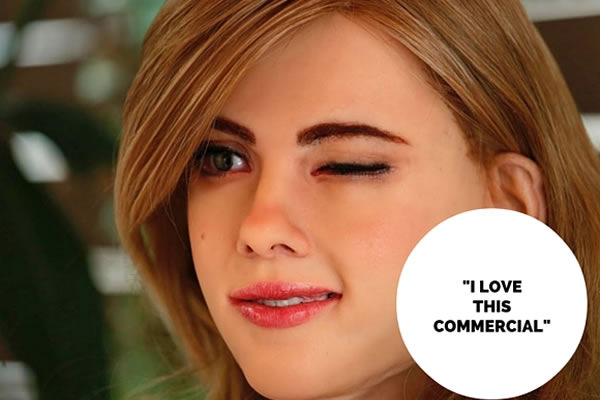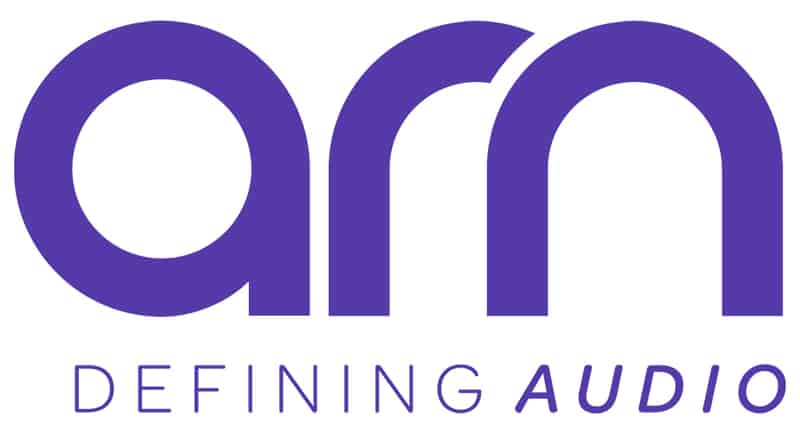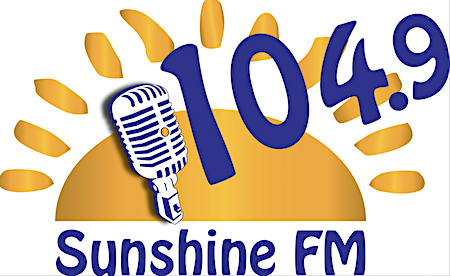On No! Listeners Switch Stations! It’s the End of The World!

So people are freaking out about the new Edison data indicating that consumers – that’s you and me – switch stations 22 times in an average commute.
…unless you’re my beautiful wife, in which case you switch stations 2200 times in an average commute.
Is that number (the 22) shocking? I don’t know why. Anybody who has ever been in a car has seen this firsthand. I know we want to imagine that no advertiser will ever figure this out, but hey, advertisers know this already. They have fingers and buttons and the same impossibly short attention span the rest of us have. Yes, it’s easy, it’s convenient, and we all fear we’re missing out on something, even if we haven’t the slightest idea of what it is or where to find it.
Meanwhile, Edison did something freaking amazing: They handed out GoPro cameras to 100 or so commuters and actually watched what they do instead of taking their word for it. And what did they do? Well, they did what any human would do: They switched stations like crazy. In fact, reports Edison:
“Our coders recorded that in 24% of the cases when content switched to commercials, the commuter switched away within 15 seconds.”
Am I the only one who’s amazed that 76% of listeners did anything else?
In the opinion survey that accompanied the field test, 25% said they listened to part of one commercial, 23% to at least one commercial, and 29% didn’t switch at all, presumably due to the heavy demands of the latest text message or the nagging distraction to our entertainment and communications addictions caused by the actual driving of a deadly weapon on four wheels. You think folks switch a lot now, just wait until their cars do the driving for them!
Pandora has gone to town on all this, of course. “Our listeners are not so fickle,” they seem to say. “And fickle consumers don’t buy things anyway, unless they’re that guy who built a Scarlett Johansson robot, and he’s probably a Spotify listener.”
And why did listeners change the station when they did? The typical answers: Commercials, dislike for the song, etc. Not on the list: “Because I have an attention span of 7 seconds, less than that of a goldfish. So it’s in my nature to…wait, what was your question?”
So what are the lessons of all this? Edison draws some:
“Easy access to changes leads to lots of switching.”
’ll say. It always has, and it always will. The only news here is that there’s no news here. When you throw a lot of content at consumers and make it easy to browse, listeners will invariably treat their audio the way a spoiled two-year-old treats his basket of toys.
Continues Edison:
“If you are targeting the in-car environment, you have to think about how to keep people on your product. If it’s music, it has to be the right song every time. If it’s talk, it has to be compelling. And in particular you have to think about how commercials fit in. A certain percentage will tune away the moment a commercial comes on. However, content providers who depend on advertising have to consider how to best get those commercials heard. The content that wraps the commercials needs to make people want to stay, and of course the commercials need to be relevant and breaks simply can’t be too long in the in-car environment.”

But what if too many advertisers don’t care whether or not a commercial is “heard” – only that a commercial is aired? What if there is no “right song every time” in a world where one radio station speaks to many listeners at once? What if “compelling” talk is the kind that has earned the moniker “compelling” over time even though every second of every break is not? What if even the most relevant ads aren’t very relevant (such as the funeral service ads I heard recently on my Pandora channel; do you know something I don’t know, Pandora?). What if better ads will keep people tuned in more effectively than betterwrappers around crappy ads? What if the longer the break, the more I like it because the less I have to switch back? What if, what if.
And more:
“Consider how to grab people’s attention in the first five seconds of a spot if you hope to limit tune-out within that spot.”
Well, if you’re going to make the first five seconds of a spot blockbuster stuff, would you consider making the rest of the spot not suck, too? I love those spots that repeat phone numbers four times as much as the next guy, but what if you repeat the phone numbers in a sexy voice so I can at least enjoy forgetting them?
Maybe the future of advertising is not spots at all. How about that line of thinking, Mr. Advertiser?
The most puzzling thing about all this to me is why it’s so puzzling. Yes, listeners skip around stations like mad. And advertisers who didn’t know that already are fools. Do they also not know that folks zip through TV spots on their DVR’s? Or that much of their online advertising is getting viewed by the Scarlett Johansson robot but not by the real Scarlett Johansson? Or that the IAB defines a “viewable” desktop display ad as one where “50% of the pixels are in view for at least one second?” 50% visible for one second?! And they complain about radio?!
Just relax, broadcasters.
And wake up, advertisers. And while you’re at it, how about creating compelling audio experiences – spots and otherwise – that are must-hear? Content that grabs the listener’s attention and also moves more of your client’s goods and services?
If you have read this far and haven’t already switched to a different station, then you must think I believe all this is simply ridiculous. That’s because I believe all this is simply ridiculous.
The process of meeting consumers with advertisements is a treacherous one on any and every platform. Agencies are in turmoil, that’s no secret. Platforms are exploding and measurement is a moving target at best and a riddle wrapped in a mystery inside an enigma at worst. Agencies are scared and they’re trying hard to convince their clients that everything’s under control when you and I and even the Scarlett Johansson robot know it’s not.
If they’re smart, agencies and their clients will want their messages to be in the presence of great content. They’ll want to bask in the glow of content that moves audiences to laughter and tears, to anger and action, the warm and intimate heart-glow of audio that means something.
So don’t worry about your listeners switching stations. It’s in their nature. The key isn’t keeping them from switching.
The key is to create content good enough to bring them back.


